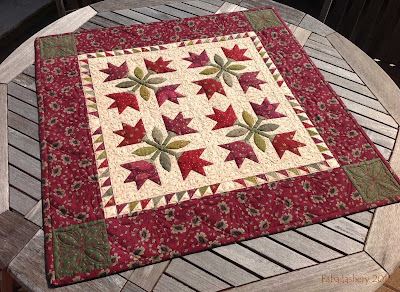 |
| Angela Walter's 'Athena' quilt |
 |
| Angela Walter's 'Athena' quilt |
 |
| Angela Walter's 'Athena' quilt |
Longarm Quilting Service by award winning quilter, Frances Meredith based in the UK, serving quilters locally in Bristol, the Forest of Dean, Gloucestershire, Wiltshire, Herefordshire, Somerset, Worcestershire, Oxfordshire, South Wales (Cardiff and Newport), Monmouthshire and Gwent. UK Quilt postal service also available.
 |
| Angela Walter's 'Athena' quilt |
 |
| Angela Walter's 'Athena' quilt |
 |
| Angela Walter's 'Athena' quilt |
 |
| 'Idaho Lily' Kim Diehl Simple Whatnot 28" x 28" |
 |
| 'Idaho Lily' Kim Diehl Simple Whatnot 28" x 28" |
 |
| DeLoa's Appliguide - Longarm Quilting Ruler |
 |
| 'Idaho Lily' Kim Diehl Simple Whatnot |
 |
| 'Idaho Lily' Kim Diehl Simple Whatnot - Quilting Ideas |